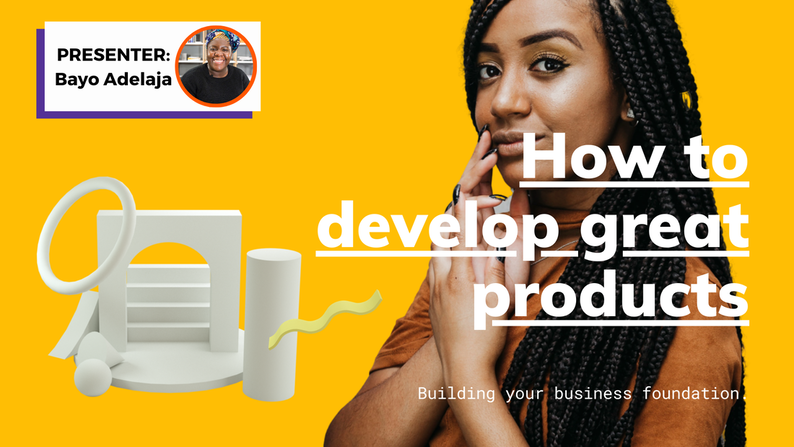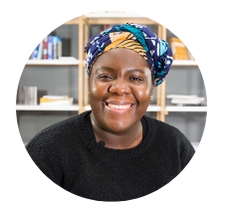How to develop great products
|
This week we're going to cover some of the prototyping techniques that will help you build things that your customers actually want. They key is to focus on your customer while also focusing on yourself. The last thing you want to do is build something that takes too much time or money to maintain.
Tasks
|
Downloadable resources
|








